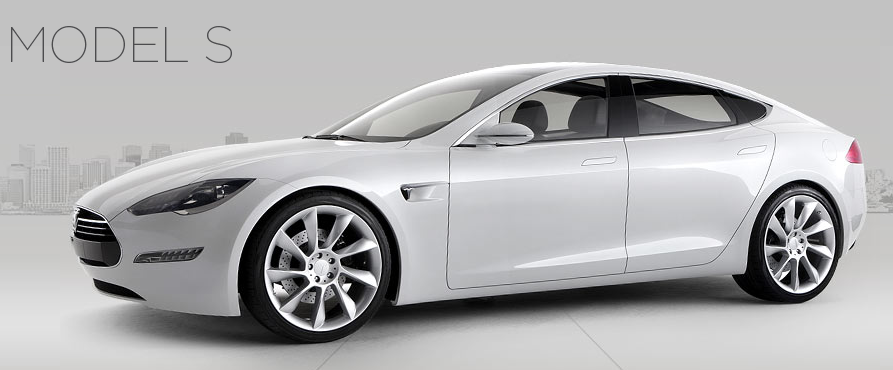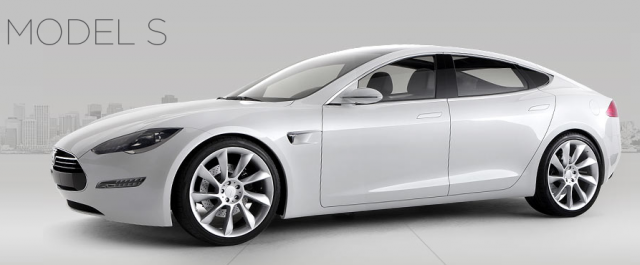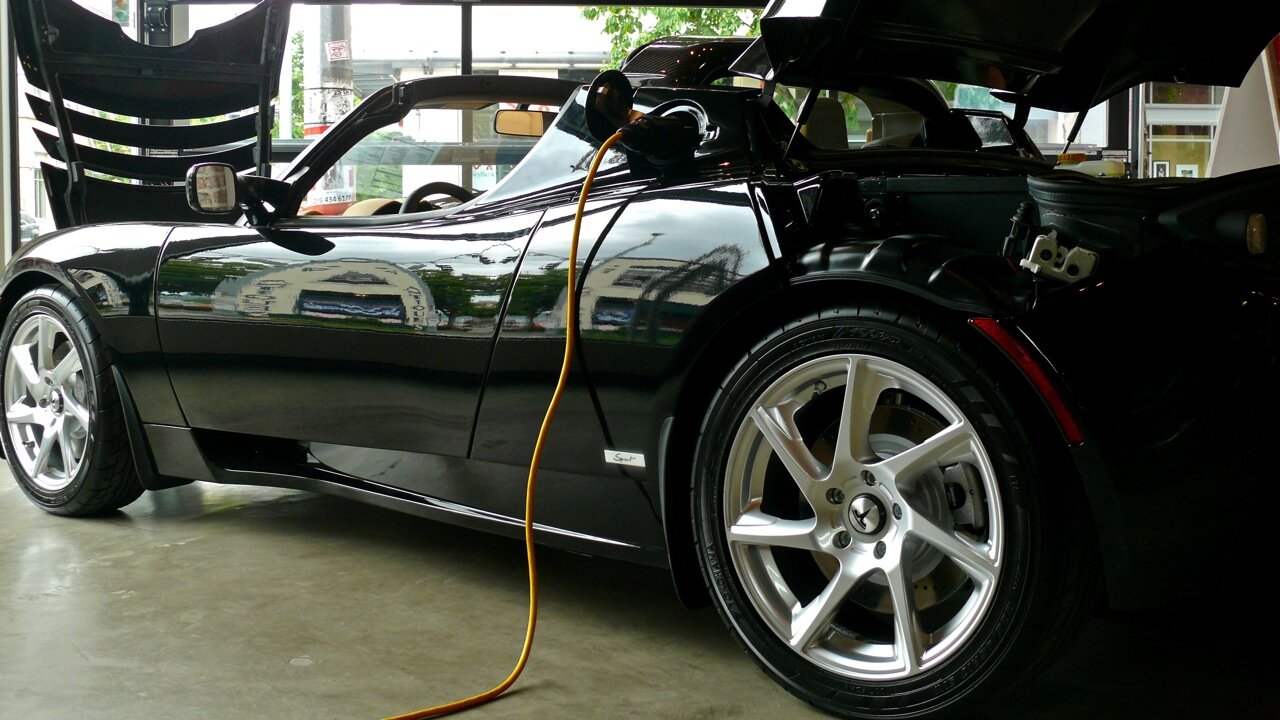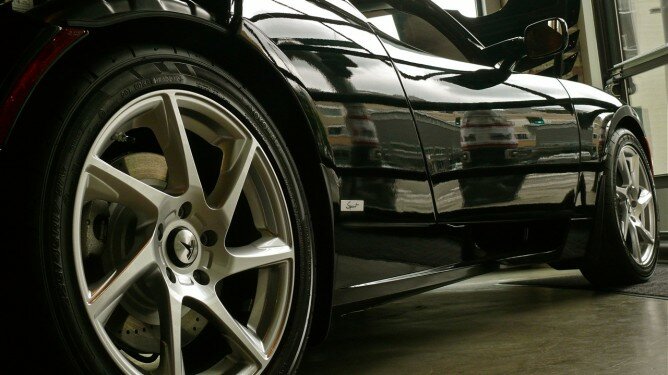This truckload of Teslas pictured pulled in front of me the other day, prompting curiosity about how the company’s Model S (their transition from sports car to sedan) was doing. The answer is very well indeed. For one, it’s become that rare thing, an electric car that can be sold for a profit.
Tesla just announced it made money in the first quarter of 2013 — $11 million on sales of $562 million, a turnaround in profit/loss of $100 million year-over-year — for the first time in its 10-year history. The resulting surge in its stock price, reports Bloomberg, meant that “Tesla’s market capitalization surpassed $8 billion, exceeding the $7.8 billion for Turin, Italy-based Fiat SpA (F), the majority owner of Chrysler Group LLC.” For contrast, Bloomberg notes that Fiat-Chrysler moved one million cars and trucks in the quarter, against Tesla’s 4,900 vehicles.
And this week Consumer Reports joined Motor Trend and Automobile in giving the car top honors for 2013. In announcing Model S test ratings, CR went on to ask if it weren’t the best car ever. “We wrestled with that question long and hard. It comes close,” the magazine said. Placement of the battery provides a “rock-bottom center of gravity,” reported the editors, while the “missing” gasoline engine allows room for two trunks. (A much smaller electric engine powers the rear wheels, the performance version of which puts out 416 horsepower.)
“A giant 17-inch touch screen glows in the center of the dashboard, controlling everything from high-res Google Earth maps to opening the sunroof,” they oohed, “setting the responsiveness of the regenerative brakes, and adjusting the suspension ride height.” When the door’s opened, the car’s ready to drive. There’s no turning a key — you sit in the seat, depress the accelerator, and go.
Wrote a commenter on the article: “I’ve also recently seen several Teslas here on the road in Seattle so I have a feeling that this vehicle is going to go beyond a niche market. I think it’s safe to say that the Tesla Model S is a game-changer.” After a $7,500 federal tax credit, prices for the Model S start at $62,400 (60 kWh battery), $72,400 (85 kWh), and $87,400 (85 kWh, plus upgraded drivetrain, interior and suspension). Tesla promises a third-generation vehicle will cost less.
“We reduced the hours required to build a car by almost 40 percent from December to March,” the company said in a statement. Tesla now says it’s raised its delivery projections for the year, to 21,000 cars from 20,000, and believes global demand could is about 30,000: “some cars will be in transit to Europe for start of deliveries in Q3.” In the EU, as others have noted, where gas is three or four times the price in the U.S., the gas “rebate” can top $10,000 per year. Deliveries of its “utility” Model X are to begin in 2014.











